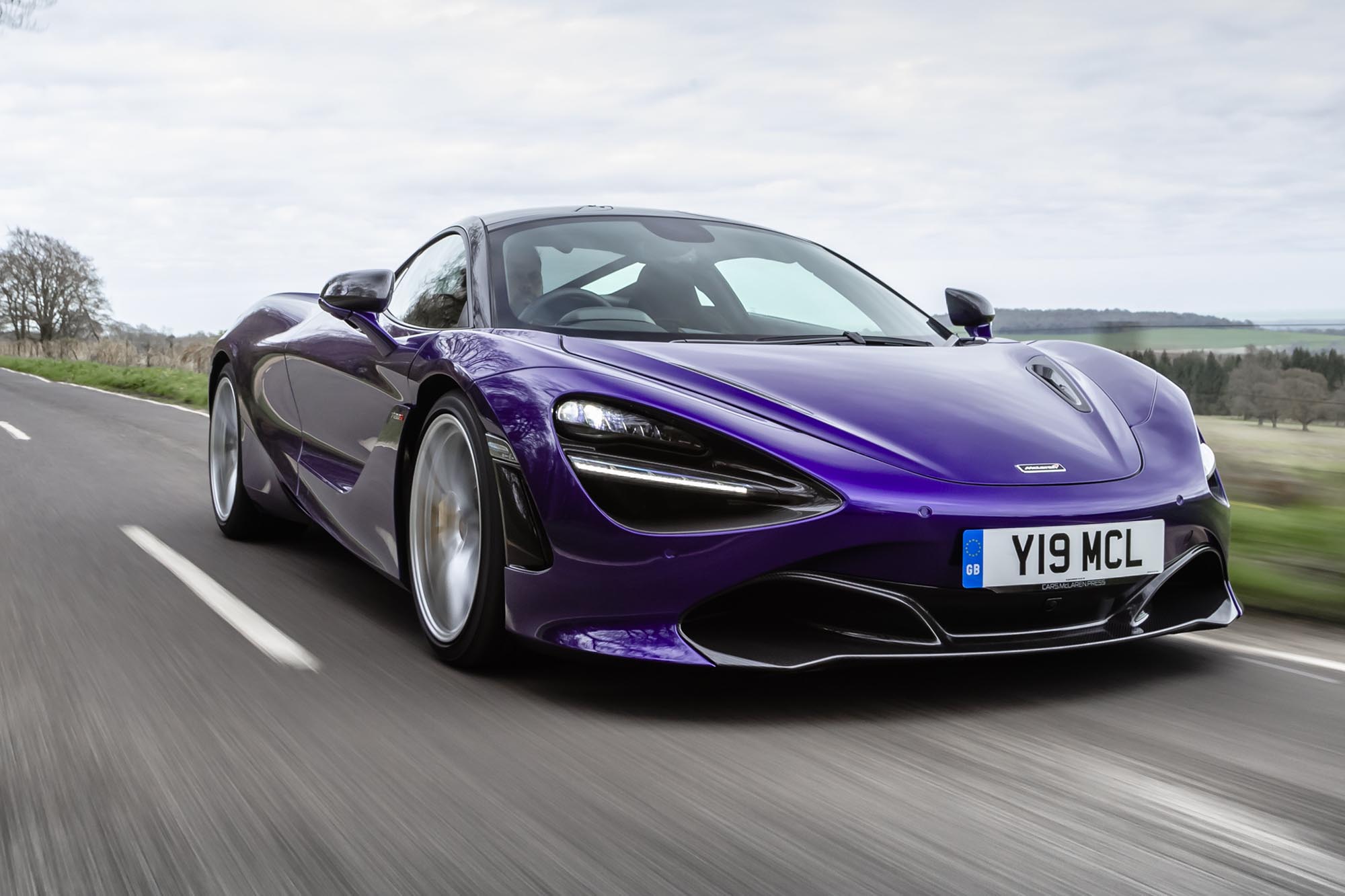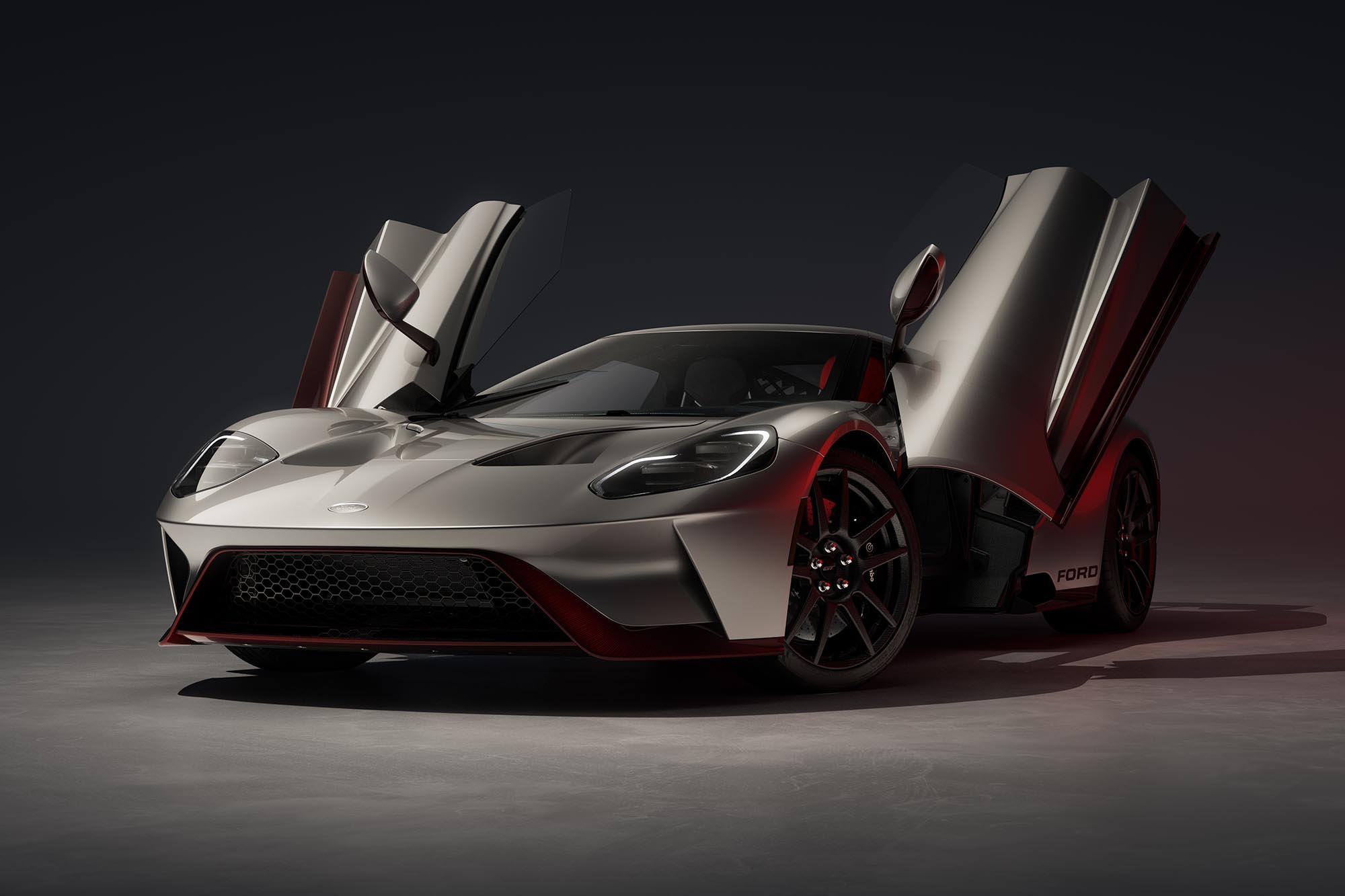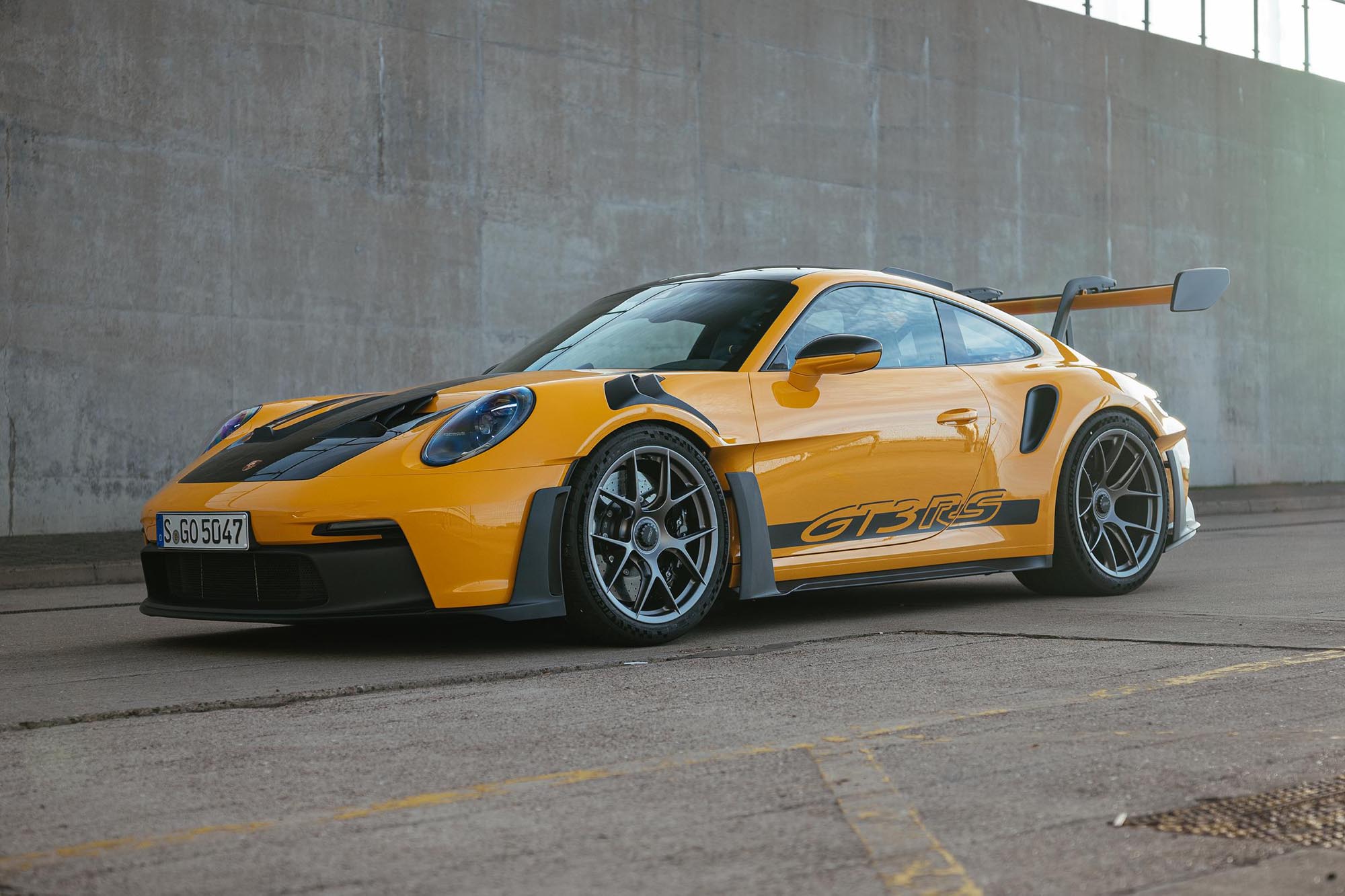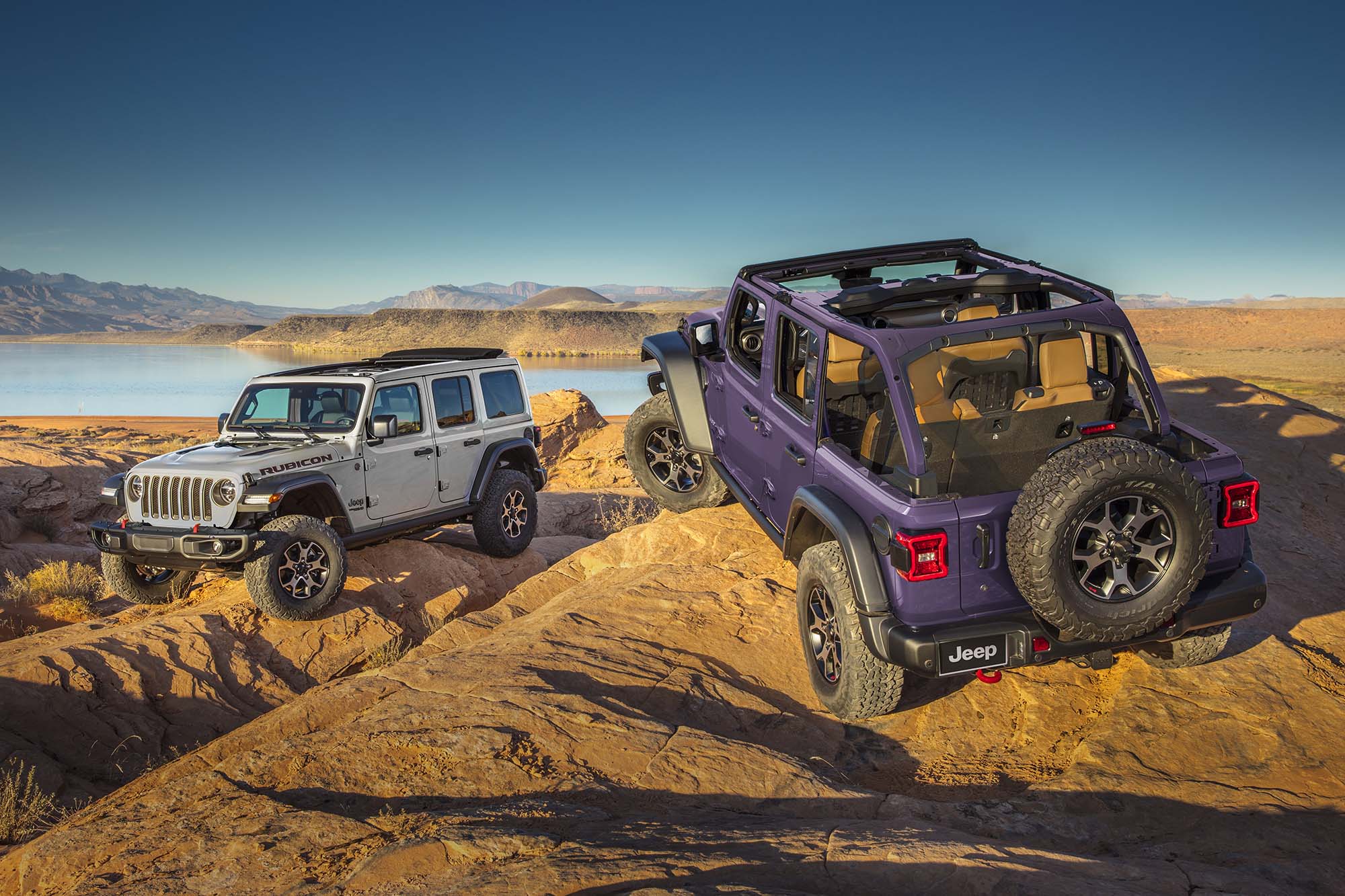What Is Gorilla Glass?
The windshield tech typically found in smartphones is also available for vehicles.
 McLaren
McLaren
With every new generation of a vehicle, automakers look to make improvements. While buyers expect cars to get more efficient and boast better technology, sometimes manufacturers are able to improve their cars in unexpected ways.
For instance, some manufacturers offer an upgraded windshield. Because while you might think glass is just glass, Corning's Gorilla Glass is the current king when it comes to windshields. It's also used for side windows and infotainment surfaces in a variety of vehicles.
 Ford
Ford
Gorilla Glass Is Lighter and Stronger Than Regular Glass
Gorilla Glass is lighter and stronger than conventional glass, thanks to the chemical process it undergoes in manufacturing. Corning takes glass made from silicon dioxide and dips it in a hot potassium salt bath. Essentially, this replaces the sodium ions found in traditional glass with larger potassium ions, and the result is a protective layer that makes the glass super strong.
 Porsche
Porsche
Jeep, Porsche, Ford, and McLaren Have Offered Gorilla Glass
The Jeep Gladiator and Wrangler offer Gorilla Glass windshields as a factory option for increased durability and visibility. After all, if you're off-roading, the chance of a rock hitting your windshield is fairly high. It's nice to have a stronger windshield that can better withstand impacts.
And what if you didn't check that option box? Mopar, Jeep's accessories division, has aftermarket Gorilla Glass windshields available for the Gladiator and for Wranglers as far back as 2007.
Adding Gorilla Glass to a vehicle provides another benefit. Porsche uses a Gorilla Glass windshield in the 911 GT2 and GT3 RS. While its durability is a plus, here the glass is primarily used for its lighter weight. Ford uses the glass in the windshield, rear window, and as an acoustic separation in the GT, saving 12 pounds over traditional materials. It's even found in the McLaren 720S; the British supercar's cool dihedral doors make use of Gorilla Glass.
You might also find Gorilla Glass on the interior of a car under the brand name AutoGrade Gorilla Glass. As touchscreens get larger and consumers expect the same functionality as their smartphones, it makes sense to use the same glass that's been on the iPhone since its 2007 inception.
AutoGrade Gorilla Glass can be bent into shape at room temperature, so it's a good match for those curved screens we've been seeing from luxury automakers. For example, the MBUX infotainment system from Mercedes Benz is housed under it. AutoGrade Gorilla Glass also has anti-glare properties that make the information on the screen easy to read, even in full sunlight. Plus, the glass resists fingerprints and is simple to clean.
 Jeep
Jeep
Gorilla Glass Generally Costs More to Replace Than a Standard Windshield
The bad news is that Gorilla Glass can be expensive. While we don't know how much manufacturers pay for the Gorilla Glass windows or interior pieces, we do know how much Mopar charges for a windshield: anywhere from $812 to $1,025, depending on model. Meanwhile, a standard windshield can cost a couple hundred dollars less.
Written by humans.
Edited by humans.
 Emme Hall
Emme HallEmme Hall loves small convertibles and gets out to the canyons in her 2004 Mazdaspeed Miata whenever she can. You can also find her in the dirt in her lifted (yes, that's right) 2001 Mazda Miata, or racing air-cooled Volkswagens in races like the Baja 1000. She's taken first place twice in the Rebelle Rally — once driving a Jeep Wrangler and then a Rolls-Royce Cullinan the second time. She was also the first driver to take an electric vehicle to the Rebelle Rally when campaigning the Rivian R1T to a top-five finish.
Related articles
View more related articles